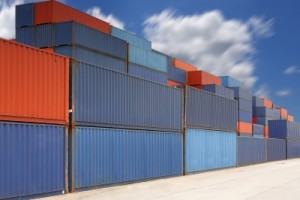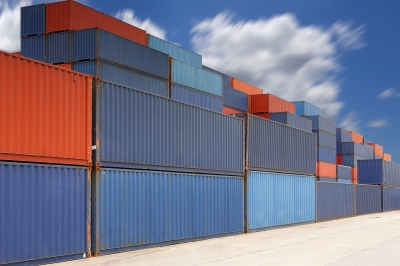 International Container Terminal Services, Inc. (ICTSI) through its subsidiary, IW Cargo Handlers Inc. (ICHI), has forged a joint venture with three Japanese firms to establish the Laguna Gateway Inland Container Terminal, Inc. (LGICT) that will be running ICTSI’s new inland container terminal south of Manila.
International Container Terminal Services, Inc. (ICTSI) through its subsidiary, IW Cargo Handlers Inc. (ICHI), has forged a joint venture with three Japanese firms to establish the Laguna Gateway Inland Container Terminal, Inc. (LGICT) that will be running ICTSI’s new inland container terminal south of Manila.
ICHI together with the three firms—Nippon Container Terminals Co. Ltd., Transnational Diversified Corporation, and NYK-Fil-Japan Shipping Corp— will operate the first one-stop inland container terminal (ICT) of the port operator in Calamba, Laguna.
ICTSI, in a disclosure to the Philippine Stock Exchange, said the LGICT aims “to provide services connected with or incidental to the management or operation of container depots, terminals, yards, and/or freight stations in the Philippines.”
LGICT will operate the ICT located in Barangays Banlic and San Cristobal, Calamba City, Laguna on March 2 primarily as an extension of the seaport operations of the Manila International Container Terminal (MICT). In particular, the ICT is intended to function as a regional logistics hub that will service and support the operations of exporters and importers within and outside the economic zones in the Laguna-Batangas-Rizal-Quezon area.
Situated about 58 kilometers from Metro Manila, the ICT sits on a 21-hectare property located near various economic export zones which already has an existing adjacent railroad. Of the 21 hectares, four hectares have been previously developed and available for immediate operations.
The first phase of the Laguna ICT opened on February 1 for start-up operations and delivery of equipment, Christian Gonzalez, ICTSI head for Asia, Pacific, and the Subcontinent, told PortCalls earlier.
The operation of the ICT follows government approval for more yard and road infrastructure and comes in response to the 40% rise in cargo movements after the lifting of the Manila City truck ban and in anticipation of a surge in trade with the sustained robust growth of the Philippine economy.
The ICT will be developed as a 24/7 state-of-the-art facility with cutting-edge terminal systems and equipment, ICTSI said.
Rail connection
In a presentation at the Kapihan sa Maritime Forum on February 26, Mikkel Puyat of the MICT Commercial and Risk Management Department said ICTSI has plans to connect the ICT through rail. ICTSI once operated the ICT in 1998 but had to close it six years after in 2003 due to losses. It was then connected by rail.
Moreover, Puyat added that the ICT will become a half-bonded facility, which means an importer can direct the bill of lading (B/L) to Laguna and clear the cargo there. Another option is to direct the B/L to Manila and pay out charges there then settle container handling fees in Laguna.
Puyat said ICTSI is “doing the paperwork right now” with the Bureau of Customs to make the Laguna facility half-bonded.
Together with the development of Yard 7, the ICT will expand MICT’s yard capacity by 20% and raise the annual capacity of the Port of Manila to 4.2 million twenty-foot equivalent units.
Puyat said ICTSI is planning to extend Yard 7 and develop its quay side to be able to handle cranes and vessels.
Other plans for MICT include moving the truck parking area “to create a stacking area” and add more capacity. Equipment-wise, MICT will add two reach stackers and 42 terminal tractors.
For the longer term, Puyat said ICTSI is studying how to develop a barge terminal in MICT “that will allow us to send a barge to Cavite, somewhere in the North…to move domestic.”
Another study being conducted is the construction of a port overpass connector road, which will be linked to the South and North Luzon expressways’ connector road now being built by Metro Pacific Investments Corp. This will provide trucks quicker access to the terminals, Puyat said.
Meanwhile, yard utilization in MICT has further gone down to 76%, according to Puyat.
Berth moves per hour have also improved to 23-24 moves, as opposed to the 15-16 moves during the peak of the port congestion middle of 2014. Vessel queuing has also dropped to five as of the afternoon of February 26, but will further go down to one by evening of that day, Puyat noted. Vessel waiting time has likewise improved to one day.
Puyat noted that the current practice of shipping lines is to come earlier than their assigned window time so as not be late. “As long as they’re able to meet that window or commitment, they’re able to berth on arrival,” Puyat said. – Roumina Pablo
Image courtesy of Sailom at FreeDigitalPhotos.net





